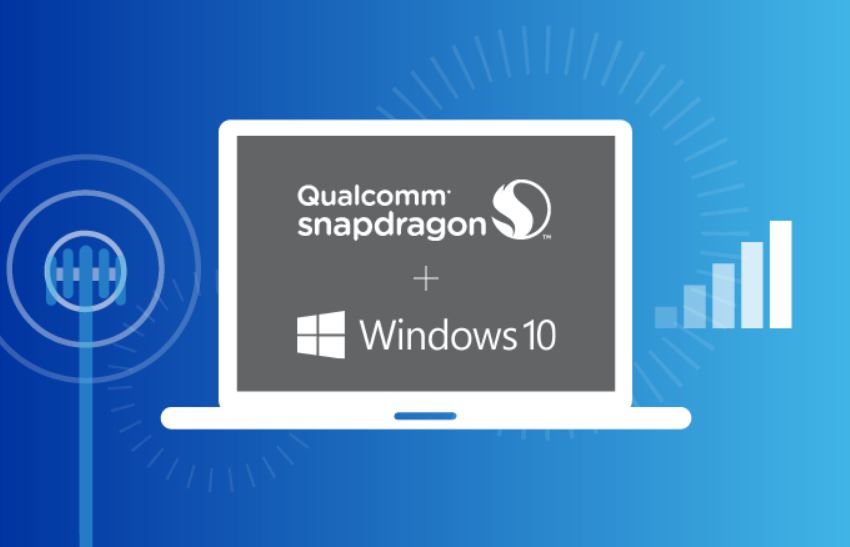Microsoft distances their Always Connected PC initiative from Windows 10 on ARM issues
3 min. read
Published on
Read our disclosure page to find out how can you help MSPoweruser sustain the editorial team Read more

It’s no secret that Microsoft’s Windows 10 on ARM initiative is off to a bad start, with numerous articles where reviewers were not exactly delighted with the devices.
Microsoft would, however, like us to know Always Connected PCs encompass more than Windows 10 on ARM devices, and that the initiative does not live and die with how well Qualcomm’s ARM processors run Windows 10.
“Today, we have the three devices [the HP Envy x2, Lenovo Miix 630 and Asus NovaGo] we’ve launched on the Qualcomm processor,” noted Microsoft Windows general manager Erin Chapple. “We also have our Surface Pro LTE, which we consider our first Always Connected PC.”
Always connected PCs are Windows 10 computers with LTE and 5G modems which are always connected to the internet and can go to sleep while still updating network connected apps such as email or messaging apps.
“We don’t equate ‘Always Connected PC’ with Qualcomm,” Microsoft Windows general manager Erin Chapple says. “We’re about choice in the ecosystem and working across our partners.”
Erin made it clear however that Microsoft did expect the situation with Windows 10 on ARM to improve.
“There will be future [ACPC] devices based on future versions of the Qualcomm silicon,” Chapple noted. She also promised improvements with Redstone 4.
“You will see [ACPC] performance improvements between the Fall Creators Update and the RS4 updates that we’ve been delivering [through the Windows Insider program].”
Microsoft did not, however, expect users of ACPC to need excessive power from their hardware.
“For the target demographic that we’re going after, they spend much of time in the native operating system, the browser and Office,” she noted.
She felt Windows 10 S mode would be able to satisfy most of those users, and expected S-mode to improve further to accommodate those users better.
“I think it’s important for us to ground the fact that we start the [ACPC] devices in what is now S Mode in the next Windows 10 update that’s coming,” Chapple says, “because we have faith in the device category and S Mode.”
S-mode tends to confine users to UWP and other native apps which make better use of ARM hardware than emulated x86 apps.
She, however, promised that users will continue to be able to escape from S-Mode and run full x86 apps.
“We, of course, enable you to activate Windows 10 Home mode,” Chapple says, “and will then introduce you to the emulation layers to enable use of all apps.”
Chapple suggested watchers keep an eye on the upcoming BUILD 2018 conference where more information on Microsoft’s roadmap will be released.
Via TechRadar








User forum
0 messages